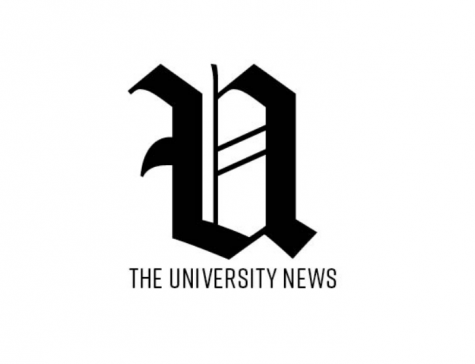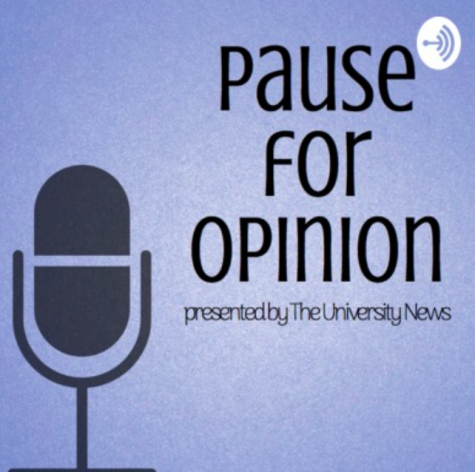Maternal Mortality Rates are Rising in Missouri and Black Mothers are at Risk
Mothers are the foundation of our society, they birth and often raise their children, nourishing the future of our world. However, in the United States, and Missouri in particular, a new trend in maternal mortality has raised serious questions about the value we place on all mothers and motherhood. African American women are disproportionately affected by rising mortality rates across the United States. We are failing our black mothers. Data from America’s Health Rankings show that in Missouri there were 32.9 deaths per 100,000 live births for white women versus nearly 91.9 deaths per 100,000 live births for black women in 2019. This disparity between white and black mothers, where the death rate where the death rate for black women is more than three times that of white women, is unacceptable. Although Missouri ranks 44th in the United States for maternal mortality, Missouri trends also reflect a bigger theme occurring throughout the United States. The US has the highest rate of maternal mortality of developed countries despite decreasing maternal deaths globally. America’s health rankings reported a 26.6 percent increase in mortality between 2000 and 2014 for all women. Also, in the US black women are 2.6 times more likely to die in childbirth than other white women.
Two major celebrity figures emerged as faces for this maternal mortality epidemic— Serena Williams and Beyoncé. After giving birth via an emergency C-Section, 36-year-old Serena Williams insisted something was wrong with her body. Williams recognized familiar symptoms of a blood clot, but was dismissed by nurses as “being confused” from her pain medication. Later, testing revealed she was indeed suffering from multiple blood clots and she received the appropriate treatment, but only after she demanded action be taken. In 2017, Beyoncé developed the potentially fatal disorder preeclampsia–dangerously high blood pressure during pregnancy. Preeclampsia is 60 percent more likely to develop during pregnancy for black women, and causes more severe symptoms and complications than for white women. These two stories depict a larger problem. They suggest that the types of risks associated with being a pregnant black woman in the U.S. cannot simply be explained away by issues of access to health insurance nor by wealth disparities. Raegan McDonald, chief medical director for Planned Parenthood Federation of America told ProPublica: “There’s something inherently wrong with the system that’s not valuing the lives of black women.” If it can happen to two of the most powerful and wealthiest black American women, it can happen to anyone. One of the most surprising facets of recent findings show that 40 percent of deaths from pregnancy-related complications are preventable. Amnesty International reported in their “Deadly Delivery” research and policy review that the five main causes of maternal death in the USA included: embolism, hemorrhage, preeclampsia & eclampsia, infection, and cardiomyopathy. These are mostly preventable conditions whether the intervention occurs before, during, or after pregnancy. So, why are so many women dying from these seemingly simple and foreseeable complications? For years, geneticists attempted to find a link between genetics and the racial disparity in maternal deaths. However, no such data emerged as a causal agent. Arline Geronimus, a professor of health behavior and education and a member of the National Academy of Medicine, developed the theory of “weathering” which was later supported by discovery of the physiological mechanism “allostatic load.” The consequences of allostatic load for women who face chronic stress, like financial hardships or dealing with racial discrimination, is a compounding of bodily damage that leads to worsened health outcomes, especially those related to pregnancy. Combatting the racial disparities are numerous organizations throughout the US. In Missouri, Brittany Ferrell, a pediatric nurse and community activist, developed the “birth equity movement,” which acknowledges factors-like poverty, racism, social and economic policy-that prevent black mothers and babies from living the healthiest and safest lives possible from the moment they’re born.Another protective mechanism, Community-Based Doula Models, have developed in urban areas where the racial and wealth disparities are particularly vast. Doulas provide emotional, physical, and informational support for patients before, during, and after the labor process. This added support for minority women helps to counteract the prevailing health disparities. In 2017, a report found many benefits of doula care, including a reduction in the likelihood of Caesarean sections and an average shorter labor. Institutions like the Jamaa Birth Village in Ferguson aim to provide affordable access to midwives, doulas and childbirth education for at-risk women in the region. Services at Jamaa include mom and dad groups, breastfeeding, postpartum support, and childbirth and nutrition education. On a national level, “The Preventing Maternal Deaths Act” was passed into law in December of 2018. The purpose of the bill was to provide funds to states to identify and reform the causal mechanisms of maternal mortality. With no national standard of how maternal deaths and their causes are collected, activist groups, in coordination with policy efforts like the Preventing Maternal Deaths Act, hope to push for adoption of Maternal Mortality Review Committees, which would standardize data collection and develop guidelines for action following committee review. In a country where healthcare spending outperforms any other developed country, the US is in dire need of change for black mothers. Supporting groups like Black Mamas Matter and the Black Women’s Health Study allow researchers to better serve these mothers in need. As a society, it is our responsibility to provide the necessary means for all mothers, regardless of race or identity, to provide the safest childbirth methods and care to our mothers, the very pillars of modern society.
Your donation will support the student journalists of Saint Louis University. Your contribution will help us cover our annual website hosting costs.





